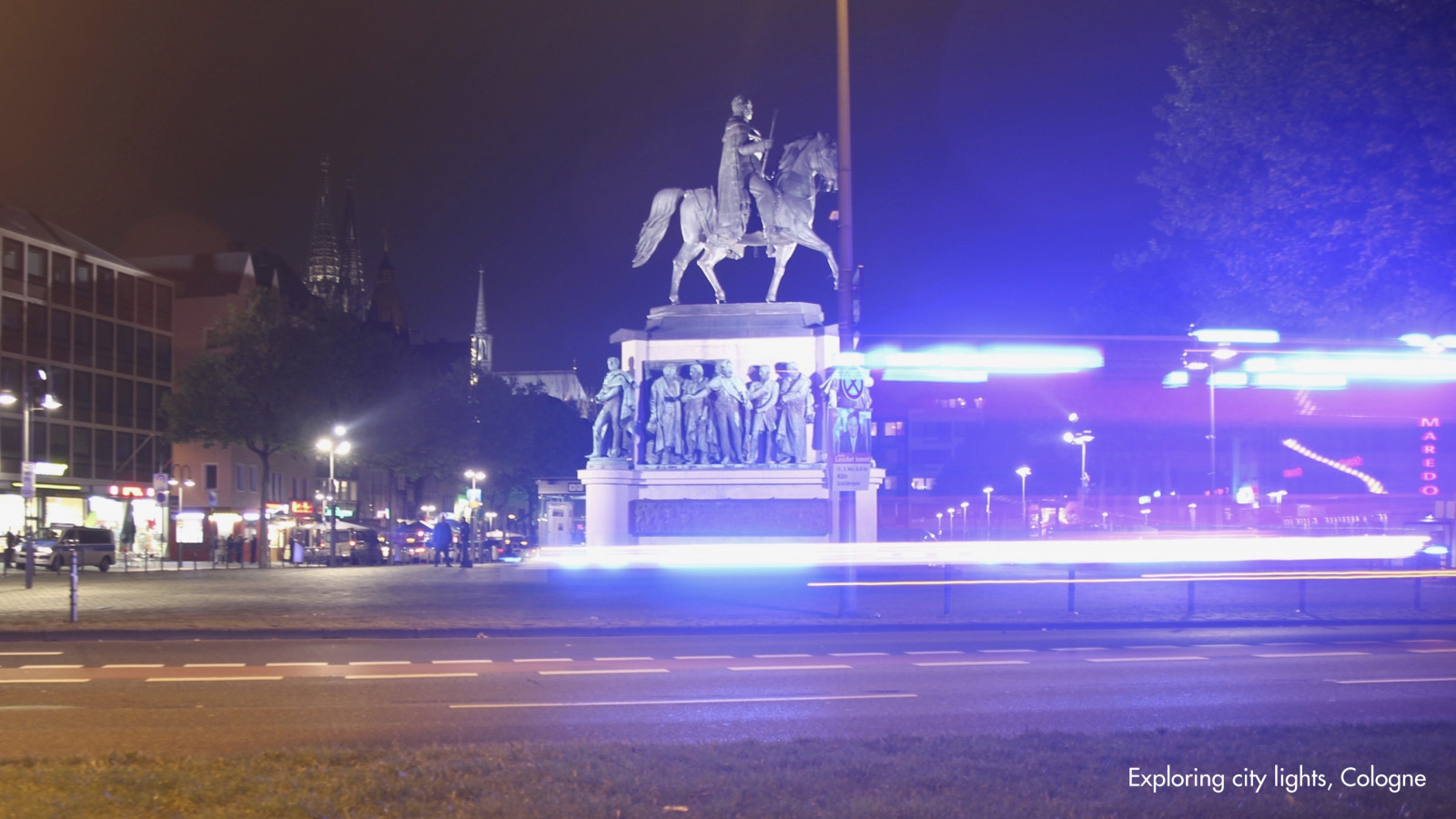
-
Role
Concept, Design, Development
-
Type
Studies
-
Supervisors
Prof. Nina Juric
Prof. Wolfgang Laubersheimer -
Team
Jennifer Pilawa, Jakob Plöns
-
Year
2017
The international exchange project Light and Shadow was a collaboration in innovative lighting design between KISD and Pasadena ArtCenter College of Design, California in summer 2017, led by Prof. Nina Juric, Prof. Wolfgang Laubersheimer, Penny Herscovitch and Dan Gottlieb.


Inspired by research trips to e.g. the Gerhard Richter window, Kölner Dom, James Turells SkySpace or the Philips Lighting Application Center, we could explore different perspectives on lighting, the influence and poetics of light and shadow in space.
The first two weeks at KISD were meant to create light concepts within our groups, which were then turned into working prototypes during a two weeks visit of ArtCenter in California. The outcomes of this collaboration are placed across a wide range of light interpretations, from a collection of luminaires to immersive light installations.

Dividing Space by Light
As the core intention of light and its overall use is making things visible, we wanted to use it for the opposite: creating visual structures in space and hiding things. We aimed for using the lightness of illumination and enabling the openness of space while creating visual, structural, unphysical and “immaterial” barriers.
Structural lights can give orientation and guidance, while being simultaneously passable. A flexible system allows easy changes, but still separate space visually.

Concept
A transparent light barrier made of exchangeable, moveable parts out of acrylic glass with different patterns applied to each part of the “wall”.
The cut and engraved acrylic parts are transparent and “invisible” as long as the light does not hit the corners in a 90 degrees angle. When it does, the engraved lines are lightened up and create a barrier within the space.
Through combining different patterns on the acrylic glas with different light programs, LYNX can be used in different situations and always be adapted to the certain atmosphere, such as restaurants, trade fairs, airports or offices.